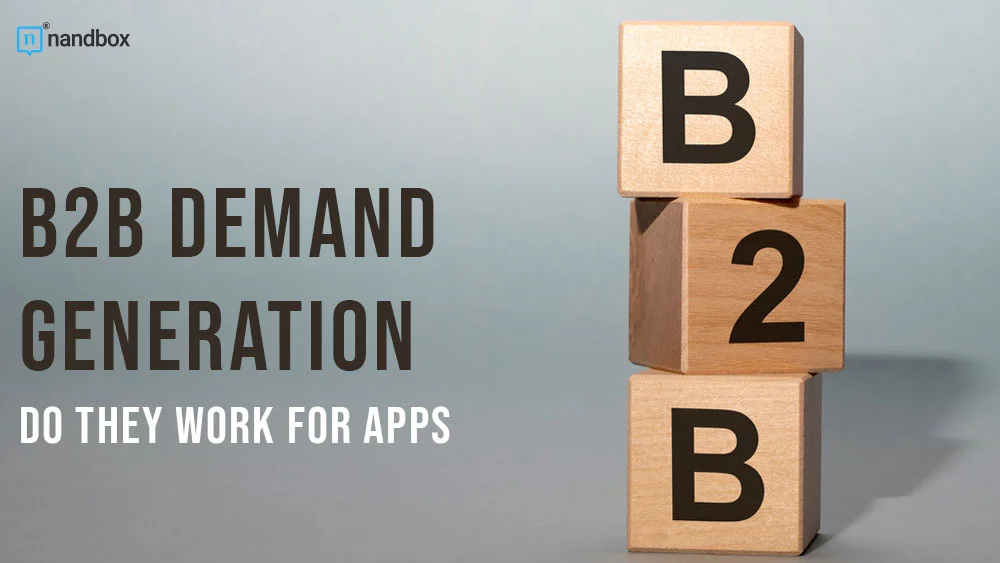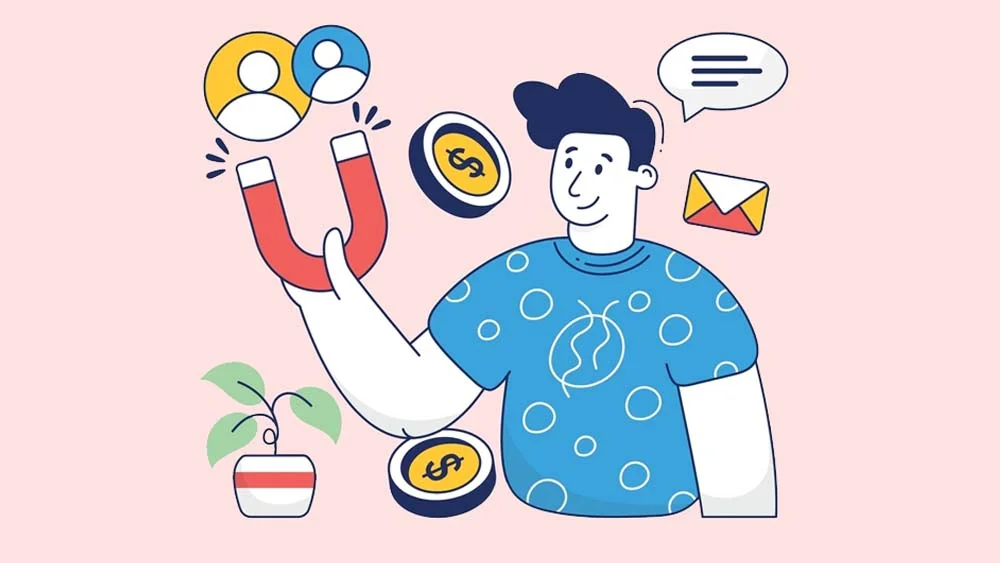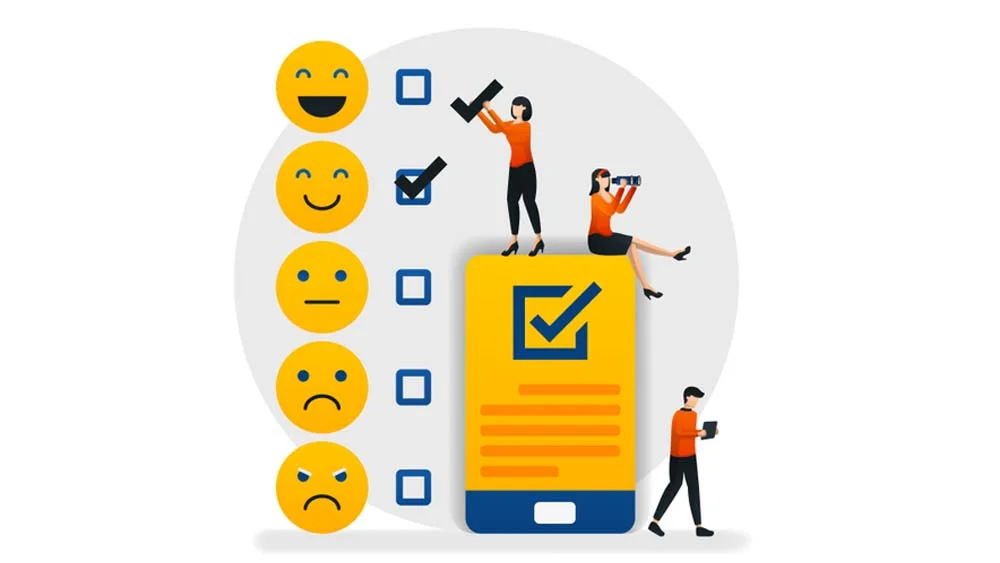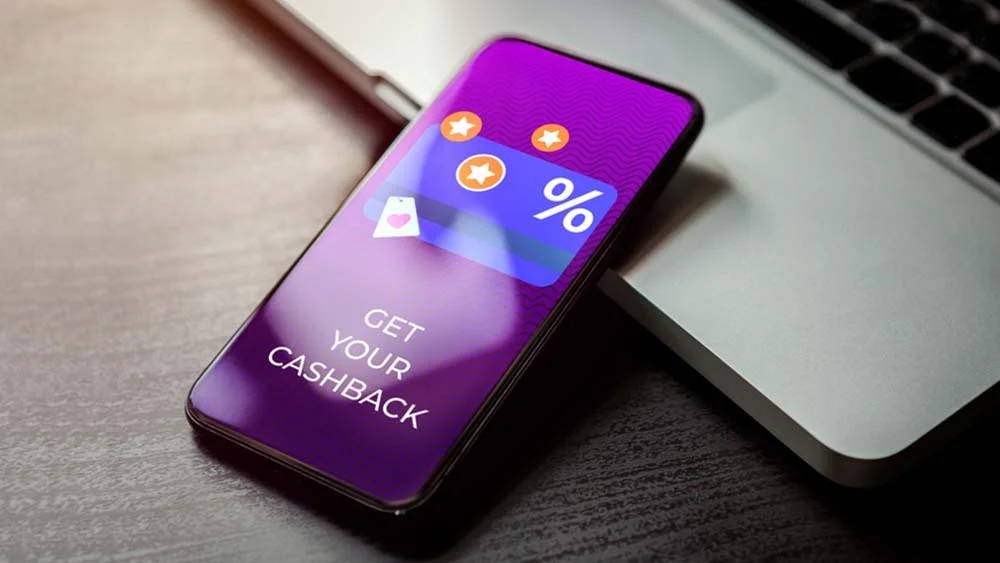Applications are becoming an integral part of businesses in all sectors and industries. This is due to the outstanding capabilities that applications offer these businesses, from convenience to streamlining operations and many more. This has led to a major merger between both business operations and app operations. For instance, the marketing and business plans that once were conducted for businesses only are now applied to businesses and applications altogether. Speaking of marketing, the significance of app marketing is always emphasized, and one strategy is making a very special appearance. Let me ask you a question: Ever heard about demand strategies or B2B demand generation?
If not, then let us take you on a very special journey where we will explore one of the most important marketing strategies for businesses and applications. We will explore the definition, importance, types, and challenges.
What are Demand Generation Strategies?
Demand generation strategies are a fundamental part of business and application marketing plans. It is a strategy where marketers and experts attract potential users by raising awareness of the app’s functions and features and posing it as a solution for a certain problem.
Generating demand is always a common goal and the purpose of all applications and businesses. It is usually known as B2B demand generation. After releasing their products, services, or platforms, they would need as many people as possible to recognize them and learn about what they offer. It is all about turning interested potential users into actual ones by highlighting the benefits and advantages of the application or business that can’t be found with any other competitor.
Lead vs Demand Generation: The Ultimate Comparison
Now, there are two terms that somewhat leave people confused. These terms are lead generation and demand generation or B2B demand generation. So, what is the difference between both?
Both lead generation and demand development are vital to a successful marketing plan, but they accomplish different goals. Lead generation is the process of locating and collecting information from potential customers, such as their email addresses, with the ultimate goal of developing those contacts into qualified and actual customers. Content marketing and personalized content are common examples of such strategies.
Demand generation, on the other hand, is intended to generate interest in your business’s goods or services among a wider audience than leads. The term “demand generation” refers to a wide range of marketing strategies aimed at attracting and retaining clients, such as marketing campaigns, social media promotions, and informational posts and content.
In contrast to lead generation, which is focused on accumulating potential clients’ contact details, demand generation is concerned with expanding your audience and arousing their curiosity about what you have to offer. An effective marketing strategy can facilitate both lead generation and demand development, which together result in a strong user base.
Importance of Demand Generation Strategies for Apps
Demand strategies are essential for the success of mobile apps. Developing a great app is just the first step; attracting and retaining users is equally important. Demand strategies play a crucial role in achieving this goal. Here are some key reasons for their importance:
User Acquisition
Gaining users for your app is easier with the aid of demand strategies. Attracting users is the first step in developing a user base, and this can be done in several ways, including paid advertising, strategic partnerships, and even organic acquisition.
Market Visibility
The oversaturation of app stores makes uniqueness difficult. You can increase your app’s visibility in the app store with the help of effective demand strategies like app store optimization, which emphasizes highlighting your app’s capabilities and establishing a good image in all app stores.
User Retention
Getting users is just the beginning; maintaining their interest and participation is essential. A few examples of B2B demand generation strategies that can be used to keep users coming back are push notifications, in-app rewards, and engagement campaigns.
Feedback and Improvement
Communication with your audience can yield useful feedback. You can make changes and enhancements to your app with the help of demand strategies that encourage user feedback and reviews. This will help you maintain a good connection with users and refine your app based on their needs.
Competitive Advantage
Others are also competing with you for the attention of your target audience; you can’t expect to shine easily through millions of other apps. With the right demand strategy, your app can stand out from the crowd and attract more users than the competition.
User Insights
Data collection and analysis is a common part of demand strategy implementation, and it can yield useful insights into end-user preferences and habits. Data like this can help direct product strategy and advertising.
Scaling
In order to keep up with user demand, your app’s infrastructure and resources may need to be scaled. The continued success of your app depends on your ability to implement demand strategies that can scale with user demand.
User Loyalty
When you have a dedicated following of users, they will spread the word and help you expand naturally. Users are more likely to stick with your app if you put effort into improving their experience and fostering a sense of community around it.
Adaptation to Changing Markets
Both markets and user tastes are constantly shifting. You can implement an effective demand strategy by responding to these shifts with feature updates, bug fixes, or a refocus on your app’s core functionality.
Four Demand Generation Strategies You Should Consider
There are plenty of demand-generation strategies that businesses and applications can use. However, the effectiveness of these strategies varies from one business to another. This is usually based on the application’s requirements, capabilities, features, and so on. Without further ado, let us explore the most popular five demand generation strategies that you should consider.
High-Quality Content
Content is always going to be the key success factor for all applications. I mean, what is better than providing users with engaging and high-quality content? Probably nothing. One of the most effective demand strategies is implementing a powerful content strategy. This includes providing users with informative and valuable content that can appeal to them. This content is not limited to text only; it can be pictures, videos, and other forms of content.
Loyalty Programs
Loyalty programs are a great way to lure potential users in and introduce them to your app. All users are usually drawn to rewards. Loyalty programs allow app and business owners to offer users rewards and incentives in exchange for them using the app. This method ensures the generation of users who will get to interact with the app and be introduced to it properly. Additionally, it can be a great way to get referrals, as users can refer to others, thus increasing the number of users even more.
Email Marketing Strategies
Email marketing is also a very powerful strategy for generating demand and attracting potential users. However, email marketing only targets very specific segments of the target audience. The idea is to create specific lists of subscribers to whom you can send targeted, relevant emails. Email marketing can be used to distribute news, how-to guides, special discounts, and other limited-time offers. A well-executed email campaign can nurture leads and keep your audience engaged.
Social Media
Lastly comes social media, which is considered to be the best tool of the modern century. Incorporating social media is an essential part of any marketing strategy, so it is no surprise that it is a major part of demand generation. Using this strategy will involve promoting your application and business and all the services and solutions both offer in an engaging manner. It also includes engaging actively with users on social media to create a bond that could turn them later from potential to active users. Social media could be an invaluable tool for any application if implemented properly, and its results are exceptional and extremely effective.
Challenges of Implementing Demand Strategies
Implementing demand strategies for mobile apps comes with its own set of challenges. These challenges can vary depending on the specific app, market conditions, and target audience, but some common issues include:
Competition
There are literally thousands of apps out there competing for users’ attention, making the app market extremely and fiercely competitive. It can be difficult to make your app stand out from the crowd and win over users unless you implement effective and suitable demand strategies.
Limited Resources
Many app developers and businesses, especially startups, have relatively modest funds and resources to allocate toward demand generation and marketing. Because of this, it may be challenging to carry out extensive advertising campaigns and user acquisition initiatives.
Changing Algorithms
The algorithms used by app stores to determine an app’s placement in a store’s search results and overall ranking can and do change frequently. Therefore, it can be quite difficult to maintain your ASO strategies and keep up with these shifts.
Discoverability
The discoverability of some apps remains a problem, even when accompanied by a well-executed marketing strategy. It will be more challenging to get your app in front of a large audience if users can’t find it unless they actively look for it.
User Acquisition Costs
It can be expensive to acquire users through paid advertising. The competition in your app’s category and region can have a significant impact on the cost per install, which is a vital metric in all user acquisition campaigns. Thus, it can be difficult to keep the return on investment positive.
Difficult Process of User Retention
In the long run, it can be challenging to retain users and keep them interested in your app. This also makes it a tad difficult to come up with successful strategies for retaining users on apps that have high churn rates.
En Fin
In summary, in today’s dynamic digital market, using the most efficient demand-generation strategies to market your app is crucial. They are not only effective for apps, but B2B demand generation is useful for your business as a whole. High-quality content, social media, email campaigns, and many more can all help you generate and sustain interest in your app. The app marketing landscape is always changing, but if you can anticipate these shifts and implement a comprehensive demand generation strategy, your app will not only survive but thrive. Maintaining steady attentiveness and openness to change are essential for achieving peak performance. Don’t be afraid to experiment with different methods and adapt quickly to the ever-shifting needs of the industry to make sure your app flourishes.






